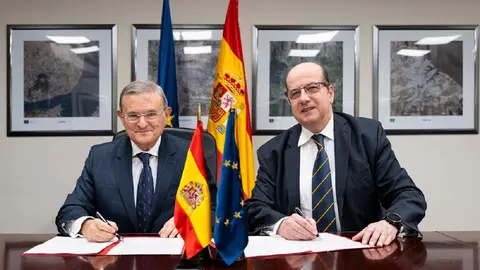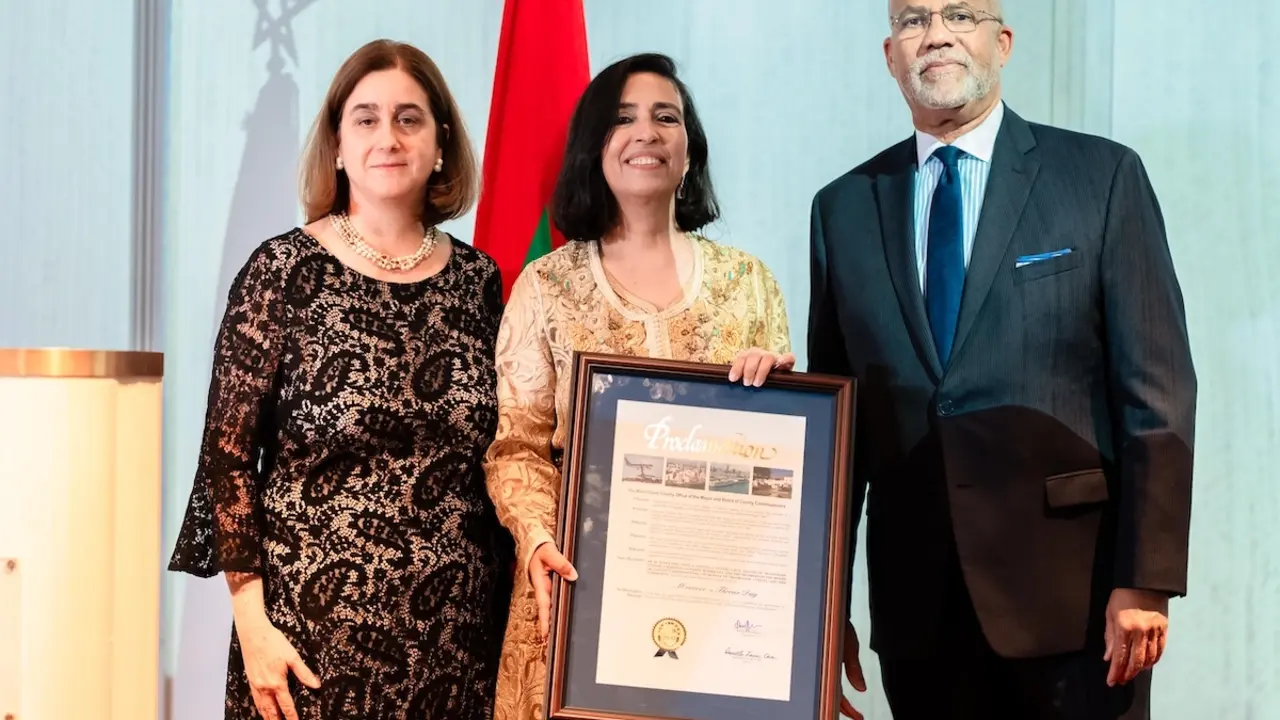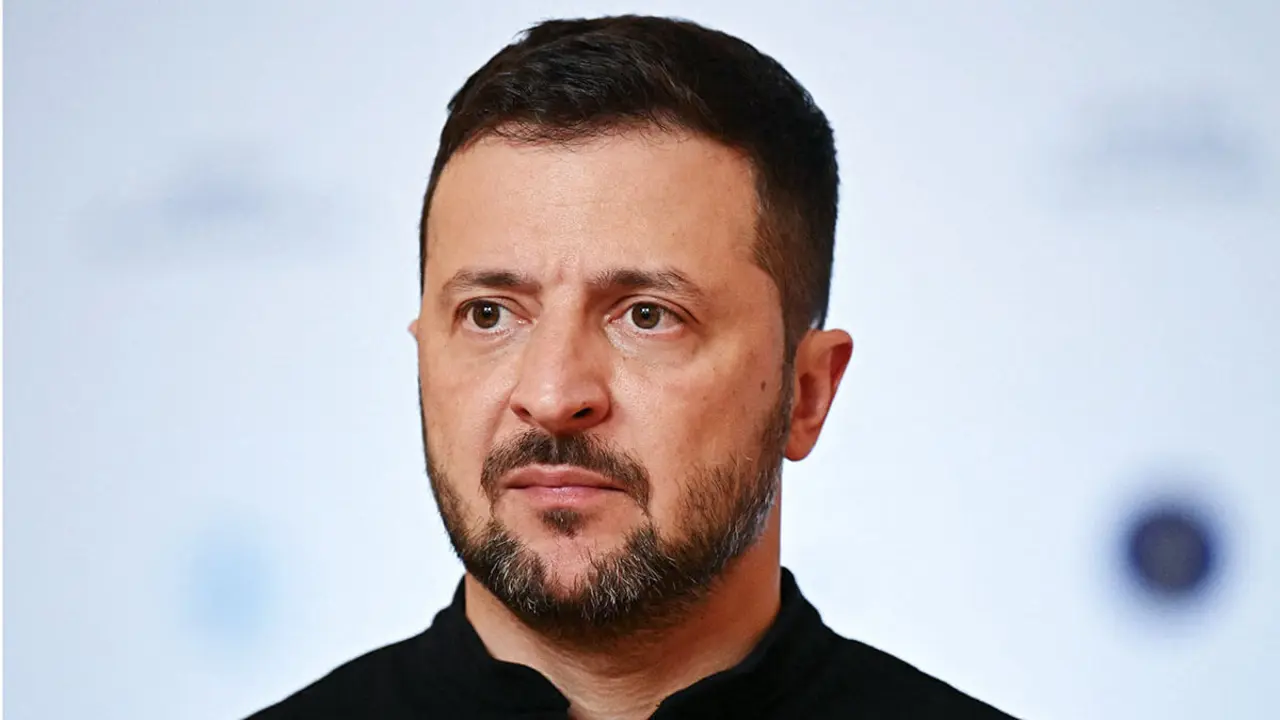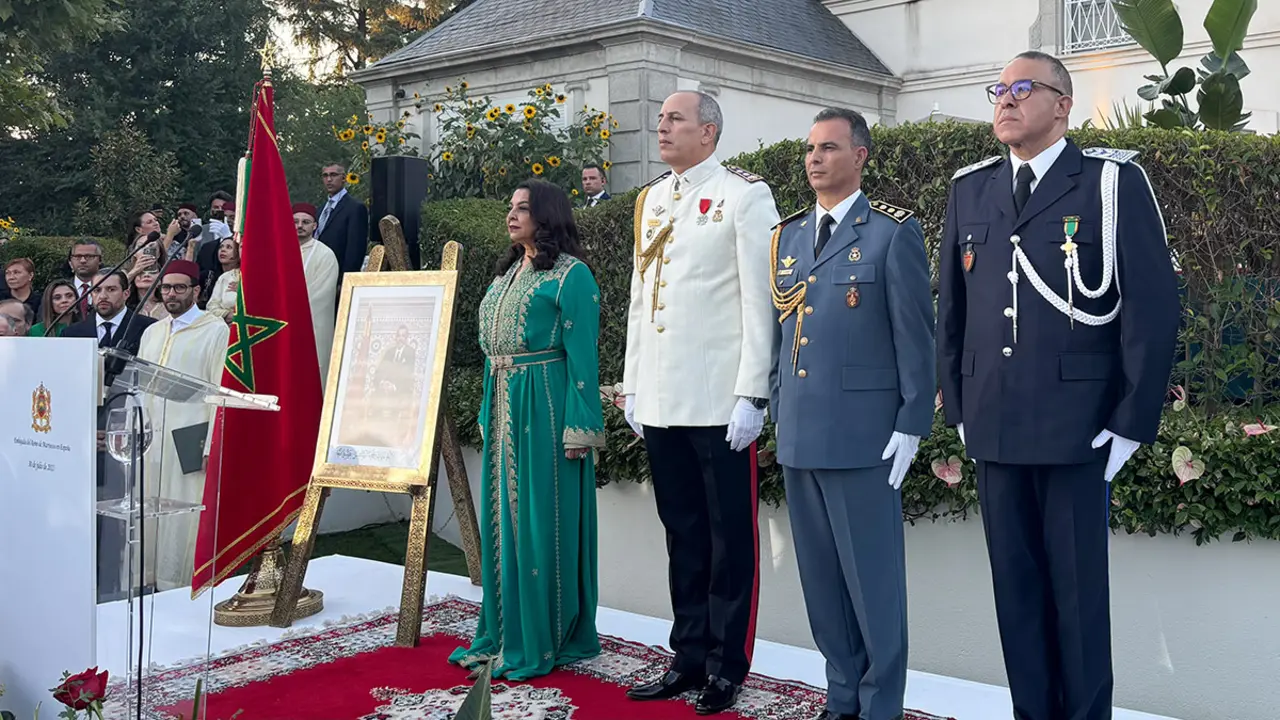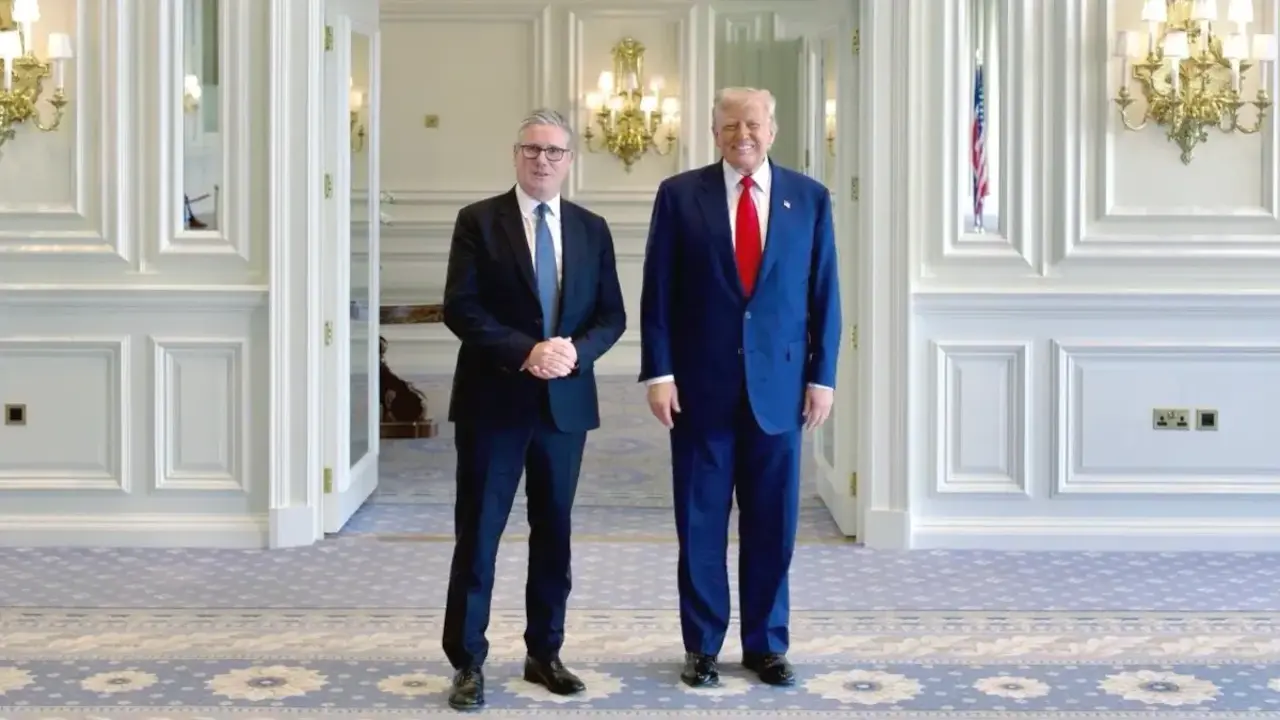EU unveils plan to rebuild its defence industry
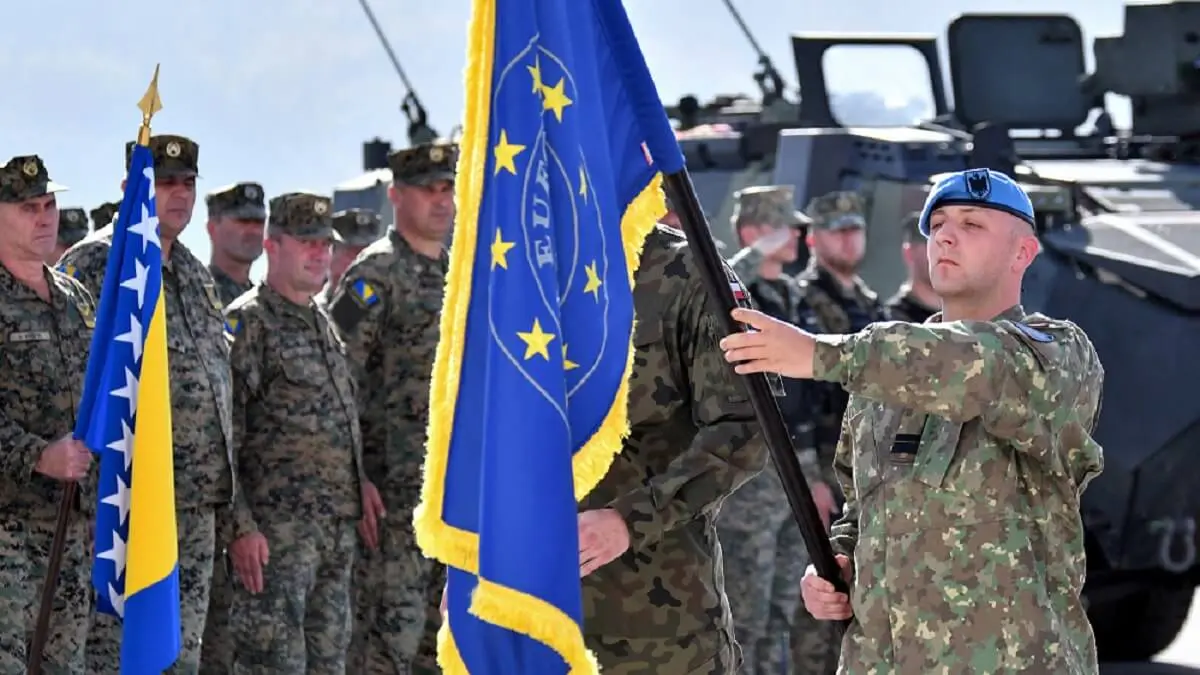
The European Union on Tuesday presented its new defence strategy, which envisages joint purchases of armaments and equipment and a major reinforcement of the European arms industry to reduce dependence on the United States.
"We need to take more responsibility for our own security, while remaining fully committed to NATO," European Commission Vice-President Margrethe Vestager said at the presentation of the new strategy.
"We need to strike the right transatlantic balance, irrespective of the electoral dynamics in the United States," she added.
"We propose to reach the 2030 target of procuring 40 per cent of equipment collaboratively and procuring 50 per cent of equipment within the European Union," Vestager said.
This new European defence strategy will have an initial budget of 1.5 billion euros (about $1.6 billion).
Vestager admitted that "it is not a lot of money", but clarified that "it can work as an incentive" and added that "the real funding will come from the member states" of the bloc.
According to Vestager, from February 2022, the start of Russia's operations on Ukrainian territory, until June 2023, 80% of European arms purchases to assist Ukraine were made outside the EU.
In total, about 68% of all such purchases were from the United States. "That is not sustainable," she said.
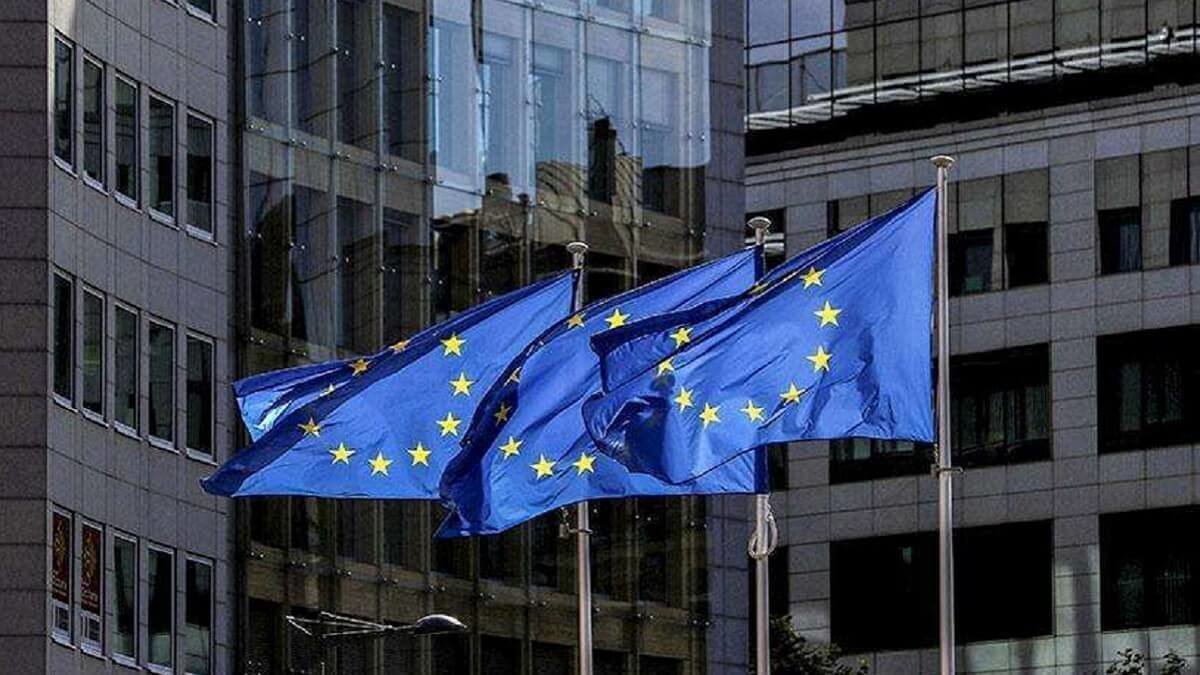
Huge resources
European Commissioner for the Internal Market Thierry Breton said that this plan to strengthen the European arms industry would require a major financial structure.
"To finance all this means mobilising financial resources from the financial sector to the defence sector, which is also very difficult," he said.
The war in Ukraine has made it urgent for EU countries to define and renew a European defence strategy, supported by a new boost to industry.
After European countries agreed to use their own strategic reserves to help Ukraine, the bloc realised that military stockpiles were stretched to the limit, and that the defence industry was not ready to react quickly.
One of the goals of the new plan is to increase Europe's annual production capacity to two million howitzers by 2025, up from less than half a million before the Russian invasion of Ukraine.
The idea is that by 2030 at least 50% of EU countries' arms purchases will be made from EU companies, and to raise this percentage to 60% by 2035.
To this end, the new strategy promotes joint purchases. A model to replicate would be the one implemented with vaccines during the coronavirus pandemic.
During that crisis, a framework contract was adopted whereby the European Commission advanced payments to allow EU countries to revive their industry.
In the longer term, the EU also aims to participate in launching European defence projects in areas such as cybernetics, space and seabed protection.
The new strategy also suggests using the profits generated from frozen Russian assets in Europe, which would amount to 50 billion euros (about 54 billion dollars).

